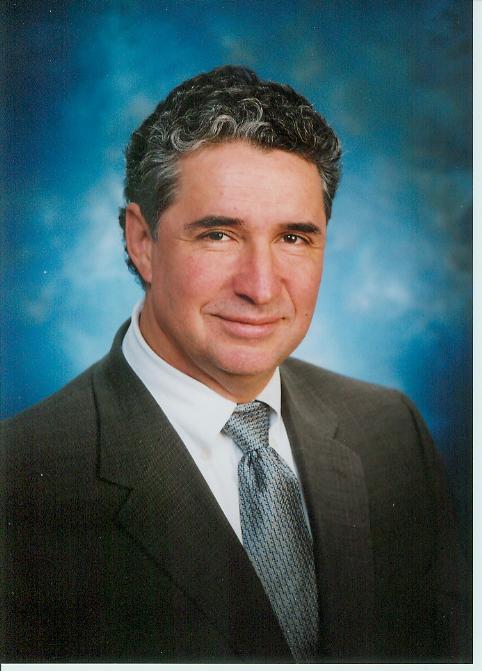The tectonic plates continue to shift under the California job market in 2014. Full time employment with benefits is replaced by contingent and part time employment, the labor force participation rate continues to fall, the competition for each position increases, the job tenure rate declines.
The latest to weigh in on a number of these labor market changes is our Regional Commissioner of the Bureau of Labor Statistics (BLS), Mr. Richard Holden. Mr. Holden is currently making presentations in California on the updated BLS job projections for 2012-2022, and offers thoughts on the changes in the structure of employment, beyond these numbers.
 Mr. Holden has been analyzing labor markets, regional economies and the nexus between economics and public policy for 30 years, ranging from U.S. border employment studies to California earthquake risk and labor markets. He has been the BLS Regional Commissioner since 2004, and previously served as Research Director of the Employment Development Department.
Mr. Holden has been analyzing labor markets, regional economies and the nexus between economics and public policy for 30 years, ranging from U.S. border employment studies to California earthquake risk and labor markets. He has been the BLS Regional Commissioner since 2004, and previously served as Research Director of the Employment Development Department.
Regarding a New Normal in employment, Mr. Holden notes that there should always be skepticism about major structural changes in the American economy. This is so especially given the claims both of endless growth and those of job scarcity that proved false in previous decades. He explains:
“There will always be an appropriate skepticism about new economic ideas, validated in recent history by the discredited discussions about the new economy and endless growth. I share that skepticism in most cases because economics is about incentives, the institutional environment, and human behavior. Most of these key features do not change significantly over time.”
However, he is convinced that talk of a New Normal is appropriate. The majority of American workers will continue to be in payroll jobs with a single employer. But the role of alternative work arrangements will grow, as will the role of staffing agencies and the gig economy.
“The New Normal represents a change in the way employment transactions are being conducted in the labor market, not a new economic theory. There is considerable evidence that there is increased competition for jobs, a greater use of temporary and contingent help, and a change in how employers hire and staff their organizations. If anything, the incentives for a more flexible workforce are increasing with mandates on health insurance and the overall cost of employment. With the exception of government and perhaps farm labor, the ideas of the New Normal have infused employment transactions in all industries.”
Mr. Holden roots his analysis in close study of employment data. However, beyond these data are the observations of job market shifts from our California workforce practitioners and the portrayals of these shifts in contemporary novels and popular culture. In an upcoming post we will discuss how California novelists are writers are capturing the job market shifts.

